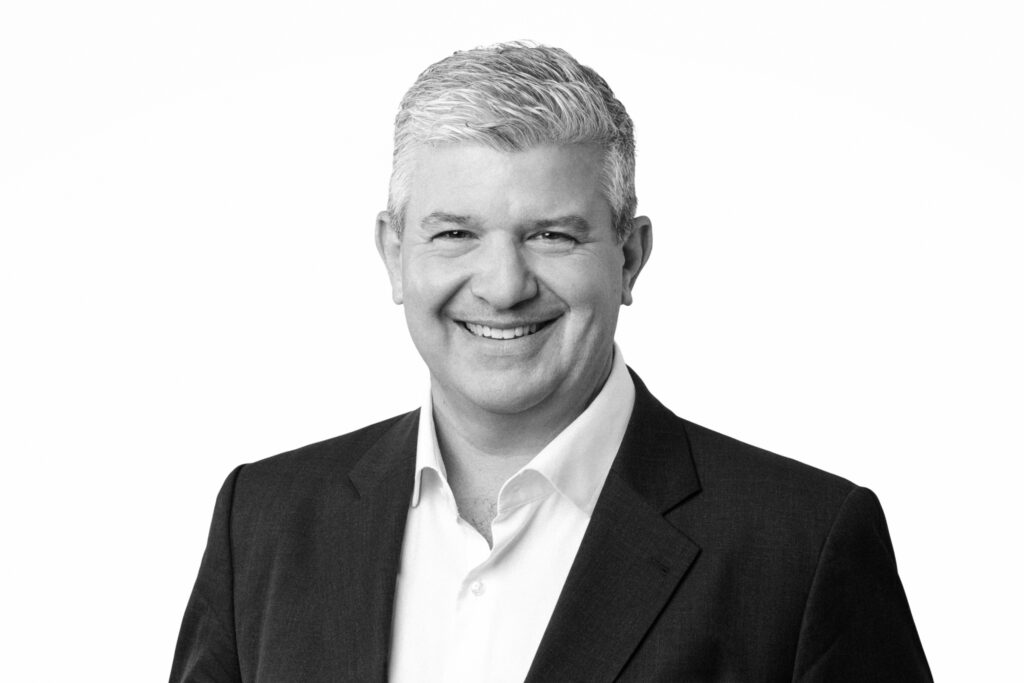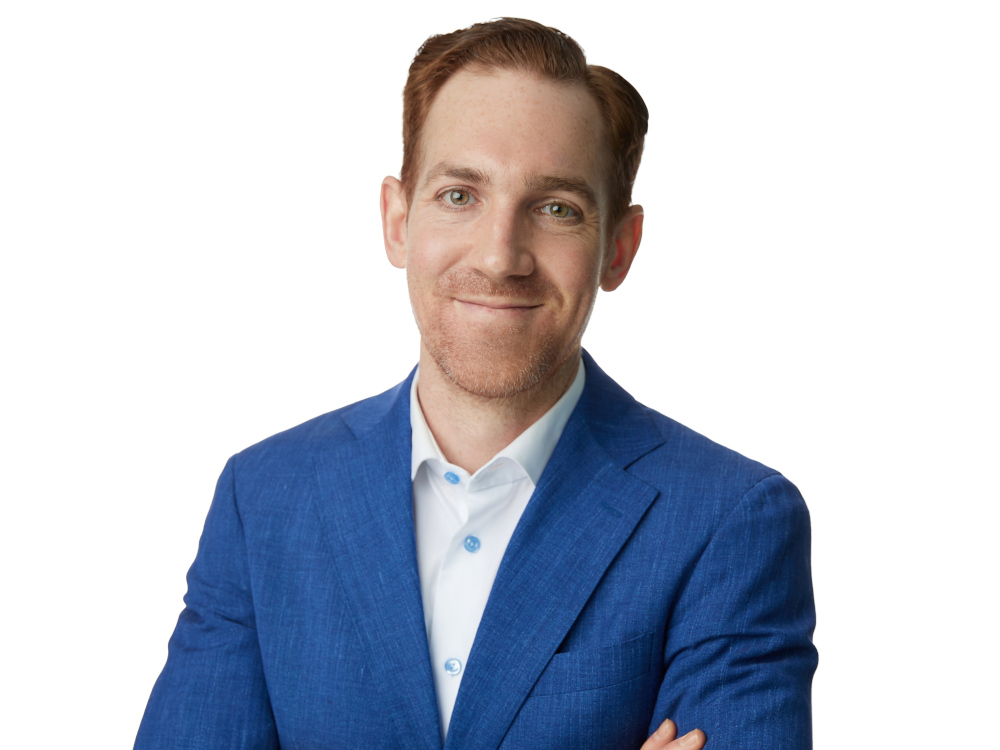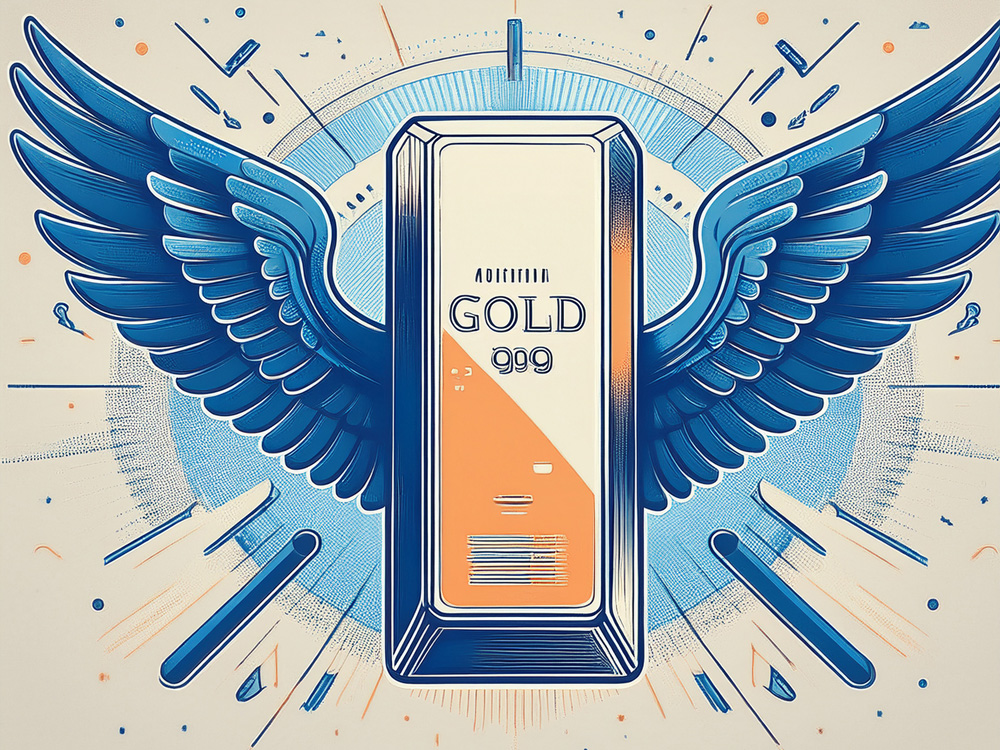This is the eighth in a series of articles in our special report on alternative investments in Canada. To see all the articles, click here.
In April, gold briefly crested US$3,500 per ounce, a record attributed to a laundry list of macroeconomic uncertainties. A volatile stock market, an anemic bond market, concerns about inflation, uncertainty about tariffs, weaker currencies and international turmoil—all conspired to make gold bugs very happy.
Yet after gold’s remarkable run-up to record prices, investors need to consider: Just how viable is it now, inflated as it is, as a safe haven opportunity?
Trying to answer that begins with trying to understand what’s been driving gold prices to new heights. Both uncertainty and fear are prime factors, says Joe Cavatoni, senior market strategist at the World Gold Council, an international trade association for the gold industry.

“You have the U.S. instigating over the last 100 days a renegotiation of trade relations and a shift in how trade and economies are going to respond to tariffs,” Cavatoni says. “You also have a fundamental shift in underlying economic conditions which may impact inflation, which would have an impact on the ability of the Fed and other central banks to manage it. Also embedded there is the fear trade over what’s happening in the Middle East, between India and Pakistan, or what’s going to happen with Israel and Iran. Risk assets are more volatile and gold’s diversification benefits are surfacing. It’s driving investors to say they need something that preserves the value of their assets.”
While investors and central banks are turning to gold as a safe haven, the World Gold Council estimates that at the end of 2024, the largest category of global gold ownership—45 per cent—remained in jewellery, with less than half—22 per cent—in bars and coins, including gold-backed ETFs. Central banks currently hold 17 per cent. How those numbers change will influence the price of gold in the near term.
The World Gold Council identifies several trends influencing gold demand at the end of Q1 2025. They include continued purchases by central banks, a sharp revival in gold ETF inflows along with elevated bar and coin demand, and a steady demand for technological applications. Consumer demand for gold jewellery, meanwhile, has fallen sharply, which is typical for a period of macroeconomic uncertainty.
“The case remains strong for investors and central banks to look for the diversification gold offers and for technology to remain sticky as well,” Cavatoni says. “So three of the four use cases seem very well positioned to continue to be net buyers and grow the demand over the next three to five years. We’d say that supports price appreciation over time.”
While the World Gold Council’s statistics show a strong global demand for physical gold, family offices haven’t allocated much of their portfolios to it. The May 2025 annual edition of In Gold We Trust Report by Incrementum, a Lichtenstein-based asset and wealth manager, suggests that global family offices allocate just one per cent to gold and precious metals, about the same as art and antiques. The Campden Wealth/RBC North America Family Office Report, 2024 puts that number slightly higher, at two per cent.
Those numbers may be changing. Before the unveiling of the new U.S. tariff regime, the first two months of 2025 saw an estimated 2,000 tons of physical gold move into the U.S. from across the world, according to Philip Smith, chief executive officer of U.S. financial services company StoneX Group.
Incrementum says that the large transfers may be part of a search for safe havens in physical gold that began almost five years ago: “Physical deliveries from futures exchanges have increased since 2020, presumably driven by family offices, wealthy private investors, and state actors. These buyers are less price-critical than system-critical: They prefer real physical gold over ‘paper gold.’”
Sightline Wealth Management, an independent wealth management firm specializing in alternative investment strategies based in Toronto, likewise sees investment in physical gold as a long-term store of wealth.
“If you are a short-term investor looking to buy gold today, I believe it is overbought,” says Paul de Sousa, head of wealth management, sales and development at Sightline.
“The recent market turmoil has pushed gold prices higher, as investors flock to safe-haven assets amid rising stagflation concerns and a deteriorating global economic landscape.”
For long-term investors looking to hold gold as a store of value, he says, the decision to buy it during market chaos hinges on its fundamental properties as a hedge against inflation, currency devaluation and economic instability.
“Be prepared for short-term volatility and ensure your investment horizon matches gold’s role as a long-term store of value,” de Sousa says. “If you are this type of investor, ensure that you hold allocated, insured bars, free from counterparty risk, under a secure custody agreement. Not all gold vehicles are the same, so do your due diligence.”
How much gold should family offices hold? That depends on risk tolerance, overall portfolio diversification and investment objectives.

“It’s not a catch-all allocation, as it depends on several factors specific to each family,” de Sousa says. “The estimated optimal allocation of gold for investors with a portfolio duration of 10 years is around 13 per cent, but again it depends on each family’s objective.”
Ryan McIntyre, senior managing partner at global investment manager Sprott, also sees physical gold holding a strategic position in a portfolio, but includes gold-backed ETFs and physical gold trusts.
“We recommend that people hold a 10 per cent position in physical gold, which is the least risky and least volatile exposure,” he says. “I think people really want something tangible that they can hold with the lowest possible risk and an asset that’s independent of every other asset class.”
Even clients who have met their allocation goals and rode the gold train to record highs may still have questions about whether they should be trimming on the gains they’ve seen in 2025, says Scott Smith, chief investment officer at Viewpoint Investment Partners, a Calgary-based multi-family office.
“They want to know whether this can continue unabated or whether there will be a bit of a breather,” he says. “From our standpoint, we continue to be bullish on gold for the primary reason that we don’t foresee a de-escalation in geopolitical uncertainty, as we continue to face a more multipolar world where economic alliances are more fluid than they have been. We don’t tend to make predictions on price, but we’re definitely constructive on the underlying fundamentals for gold and continued price appreciation in this environment.”
Viewpoint clients tend to get their gold exposure through centrally cleared gold futures contracts.

“You don’t have to worry about storage costs and insurance associated with owning physical gold and you get that direct underlying exposure,” Smith says. “We also tend to shy away from getting exposure through gold producers or commodity producers in general because there’s a lot of inherent company-specific risk with commodity equities that may have unintended consequences.”
Smith says family office portfolios are investing in the 10 per cent range on a well-diversified basket of commodity futures, which includes gold.
“This is strategic allocation, which can go as low as five per cent or as high as 20 per cent, depending on the macroeconomic environment,” he says. “Given the current climate, we think that closer to the 15 to 20 per cent range is appropriate.”
Whether or not investors seek this level of exposure to gold at today’s elevated prices is also a matter of strategy and perspective.
“We’re getting a lot of questions right now along the lines of ‘Have I missed this trade?’” Cavatoni says. “Our response is that this is not a trade. It’s a fundamental move into how the price is going to continue to perform. Let’s not get too worried about whether you missed the trade or not. Let’s take a look at your portfolio and determine what the impact would be by adding a certain percentage of gold. If you look at it strategically, your entry point doesn’t matter as much as you might think.”
McIntyre recommends that investors who haven’t yet met the target gold allocations in their portfolio should lag into it over time.
“Instead of buying the entire allocation at once, you’ll neither get in on the highs nor the lows,” he says. “It’s psychological as well, where people can meet their portfolio allocation without too many regrets along the way.”
While gold’s recent meteoric rise has turned the heads of many investors, its advantages also shouldn’t be overstated. Sharp short-term appreciations are the exception, not the rule.
“Historically, gold performance has been in line with equities,” Cavatoni says. “On average, if you’ve held it for 30 years, you’re getting eight per cent. The case we make to people is to stop listening to the noise over the short term. Stay long in the asset and you’ll find it beneficial to the diversification of your portfolio.”
The Canadian Family Offices newsletter comes out on Sundays and Wednesdays. If you are interested in stories about Canadian enterprising families, family offices and the professionals who work with them, but like your content aggregated, you can sign up for our free newsletter here.
Please visit here to see information about our standards of journalistic excellence.




